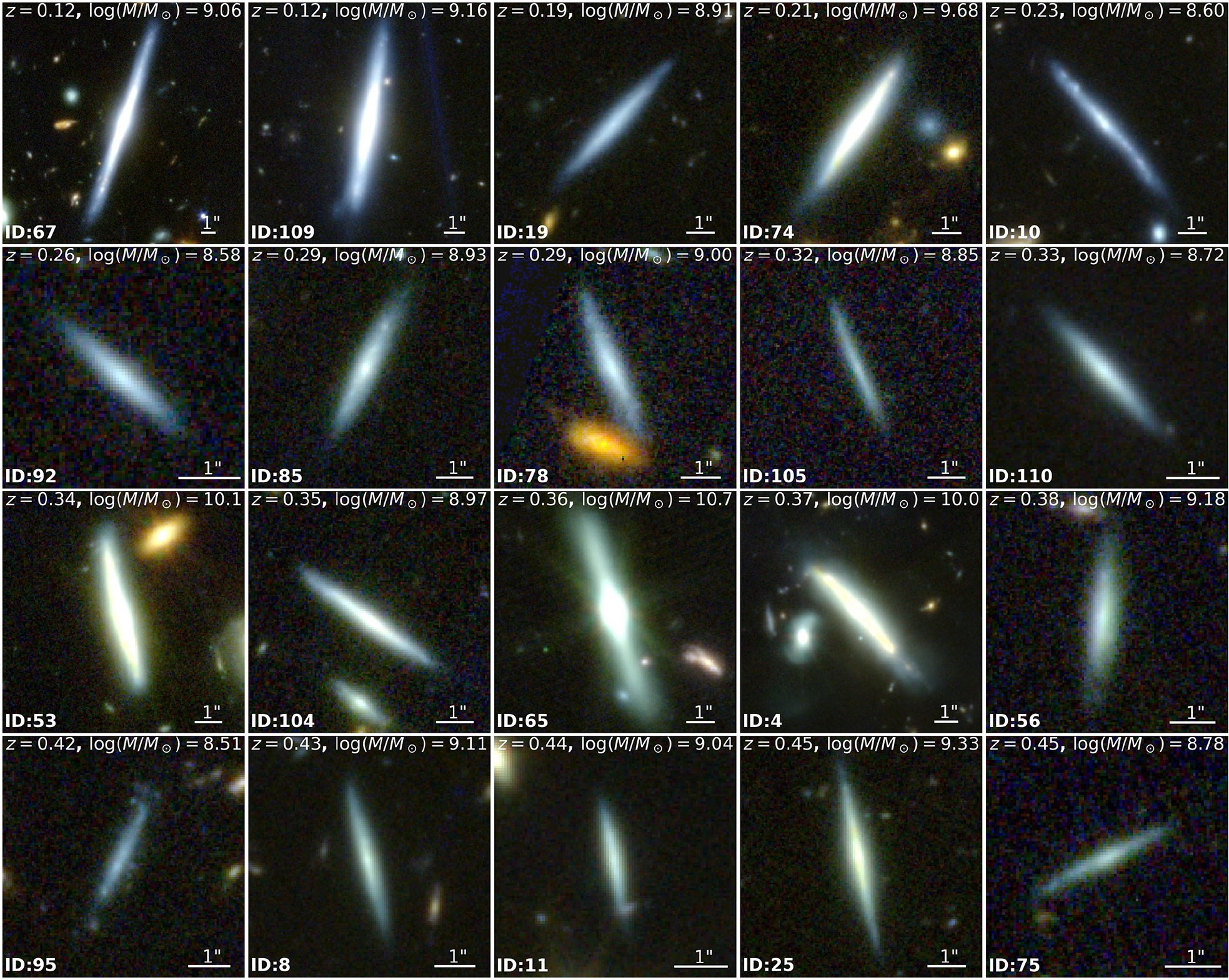Groundbreaking new research, leveraging the unparalleled capabilities of NASA’s James Webb Space Telescope, has provided definitive observational evidence confirming long-standing astrophysical models regarding the formation of disk galaxies, including our own Milky Way. By peering back over 11 billion years into the universe’s nascent stages, the James Webb Space Telescope has offered the clearest insights yet into the intricate processes by which these fundamental cosmic structures assemble, marking a significant leap in our understanding of galactic evolution.
The study specifically solidifies the theory that galaxies undergo a two-stage formation process. Initially, galaxies are observed to form a ‘puffy,’ thick disk composed primarily of stars. This early, more chaotic phase sets the stage for subsequent development. Following this foundational stage, a more defined and thinner disk, characteristic of mature spiral galaxies we observe today, develops within the nascent galaxy, refining its structure over cosmic time.
The success of these observations is largely attributed to the James Webb Space Telescope’s advanced infrared capabilities. These instruments allow scientists to penetrate vast veils of obscuring dust and gas that typically shroud such ancient and distant stellar events. This unprecedented clarity enabled researchers to witness directly the faint light from early galaxies, effectively observing the universe as it was billions of years ago and providing concrete visual data to support theoretical frameworks of galaxy formation.
This discovery represents a crucial validation for cosmological simulations and theoretical frameworks that describe the early universe and the growth of its largest structures. The confirmation of this two-stage formation process is not merely an academic exercise; it provides critical data points that allow scientists to refine and improve their models of cosmic evolution, ensuring that our theoretical understanding aligns more closely with observational reality.
Beyond confirming existing models, these findings profoundly enhance our knowledge of how our own Milky Way galaxy came to be. Understanding the universal processes of disk galaxy formation sheds light on the specific developmental trajectory that led to our cosmic home. This research further provides a robust foundation for future investigations into the intricate physical mechanisms governing the formation and evolution of galaxies across the vastness of the cosmos, promising more exciting discoveries for astronomy.
The meticulous analysis of the data collected by the James Webb Space Telescope reveals that this initial ‘puffy’ phase is a critical precursor, involving a more distributed and less organized arrangement of stars and gas. As gravitational forces continue to shape these systems, the material gradually settles into a more stable and flattened configuration, giving rise to the thin disk. This transition, now definitively observed, highlights the dynamic nature of galactic assembly, driven by gravity, stellar feedback, and the continuous accretion of cosmic matter over eons.
In essence, NASA’s latest findings, powered by the cutting-edge technology of the James Webb Space Telescope, have brought us closer to unraveling the fundamental mysteries of the universe’s large-scale structure. This clearer picture of galaxy formation not only celebrates the triumph of modern astronomy but also underscores the enduring quest to understand our place within the grand cosmic tapestry, inspiring new generations of scientists to explore the depths of space and time.
Discover more from The Time News
Subscribe to get the latest posts sent to your email.






